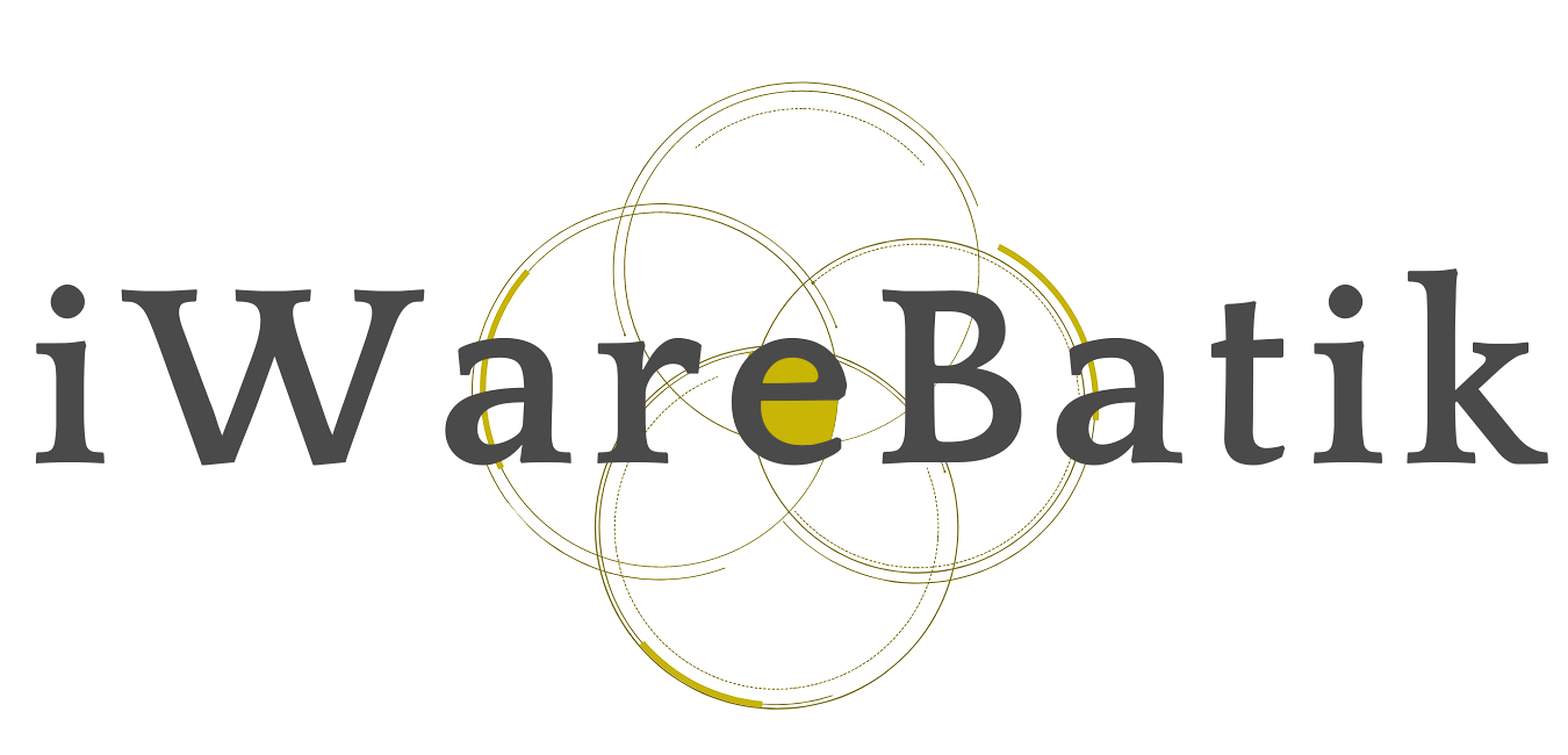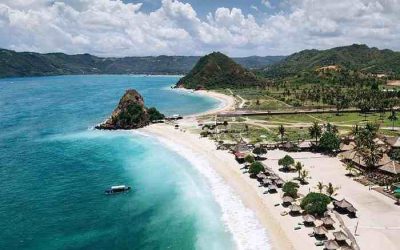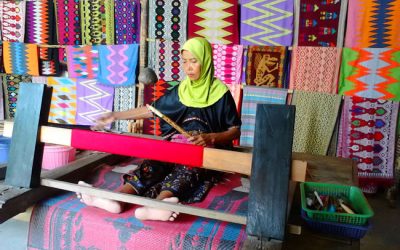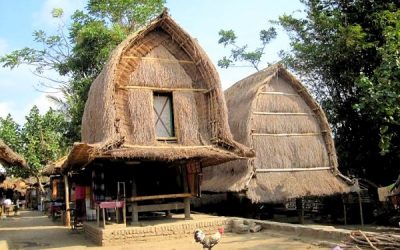Home / Batik Regions – Eastern Indonesia – West Nusa Tenggara / Gili Trawangan Beach
Natural Destination
Experience the tropical nature!
Gili Trawangan Beach
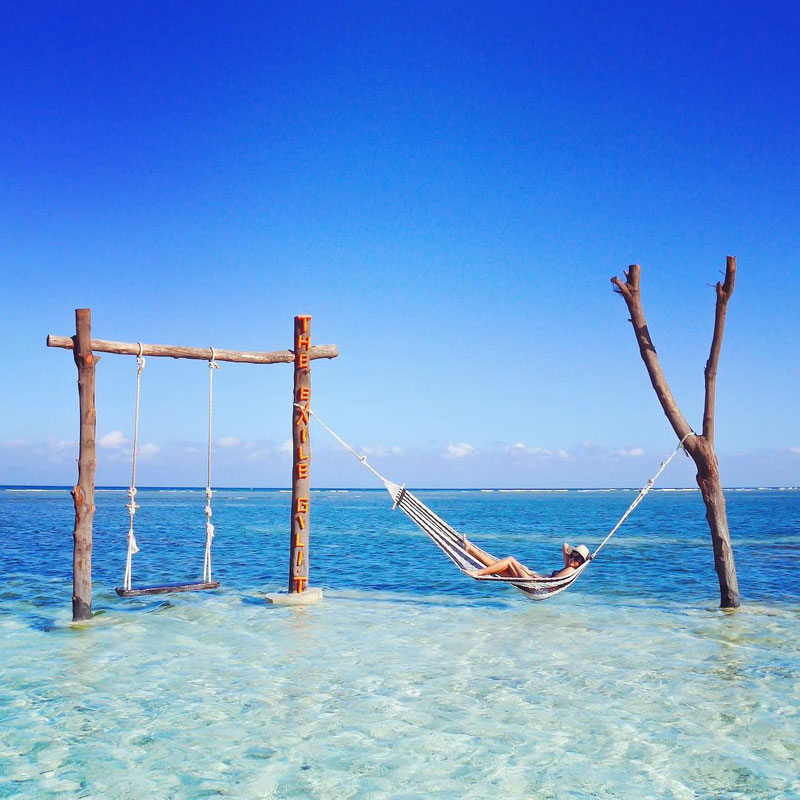
Exile Gili Lombok (foto: Jalan-jalan)
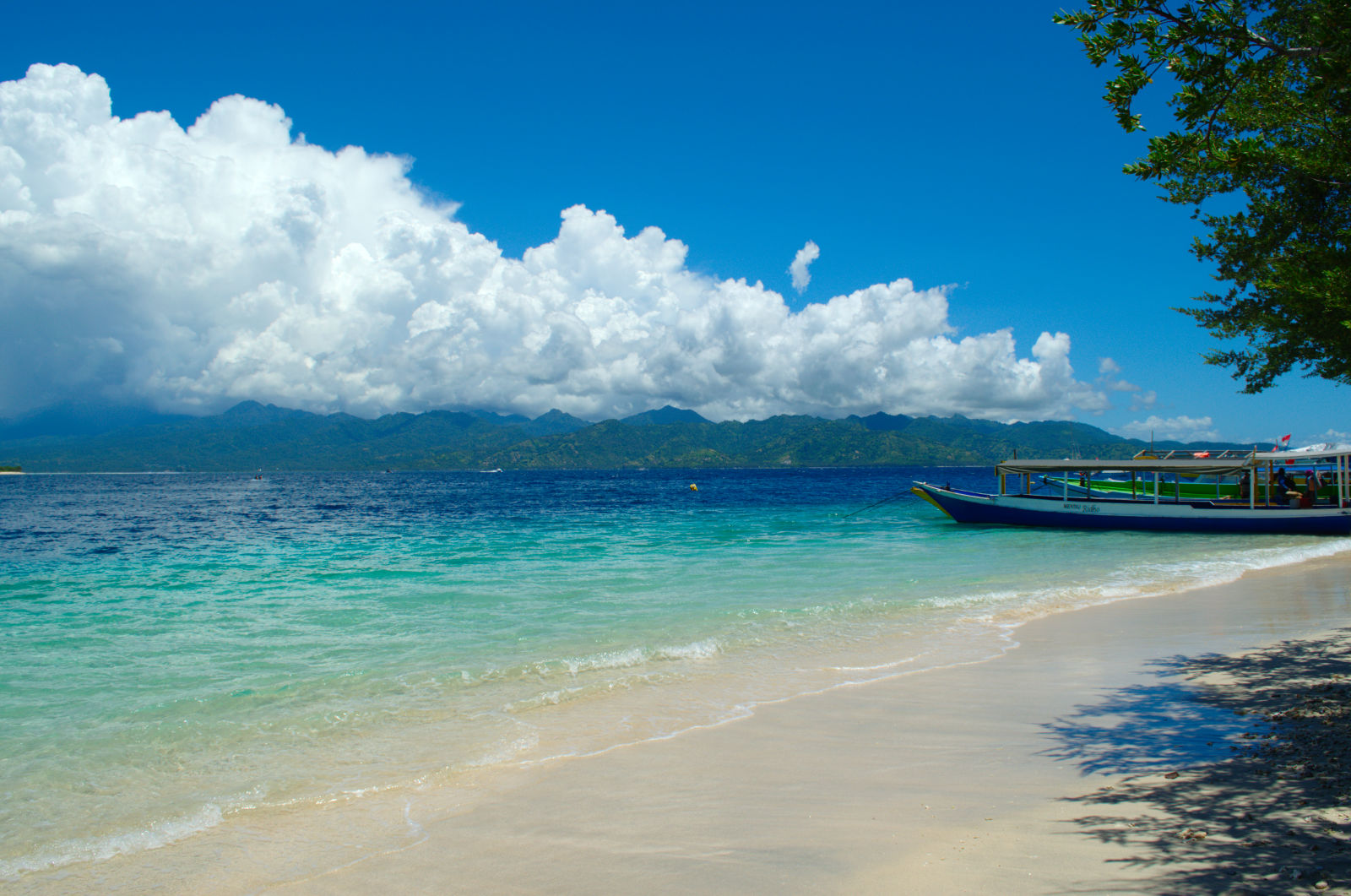
Gili Trawangan beach (photo: Wikimedia/Luis Medina)
Gili Trawangan Beach
Do you ever imagine getting exiled on the beach with brilliant white sand and blue crystalline water? The Gili Trawangan beach totally has what you want in a beautiful exile experience. The tropical blue sea, breezing wind, soft waves of the ocean will sway your mood for a relaxing holiday. Find the sweet spot within you in this wonderful place!
Tourist Attractions in West Nusa Tenggara
Rinjani – Mandalika UNESCO Global Geopark
The legend says that the beach of Mandalika is the site where the Princess of Mandalika sacrificed
Sukarara Textile Village
Located in Lombok island, this village is known for its flourishing weaving
Sade – Bayan Lombok Cultural Villages
Famous for its cultural destination, Lombok island of West Nusa Tenggara enchants
West Nusa Tenggara Batik Motifs
Tenun Bima
The motifs are adopted from Bima woven textile. This pattern has received a great
Daun Sirih
This motif illustrates betel leaves that are used by Lombok communities as traditional
Bale Lumbu
This motif signifies the welfare of the ancient Sasak society. Bale also symbolizes the
Discover
Indonesian
Batik
Motifs
Keluak Daun Pakis
The word “Keluak” is a Minang language which means twisted or tangled. The Motif of
Singayaksa
The Singayaksa motif comes from the name of a place where Sultan Hasanuddin used to
Merak Ngeram
The hatching peacock motif has a very deep meaning which refers to the sacrifice and
Tengkawang Ampiek
With its many advantages, the Dayaks use this leaf in ritual ceremonies. This plant is a symbol of
Daun Lada Hitam
The black pepper motif represents the main commodity of Bangka Belitung
Tanah Liek
The word “Tanah Liek” refers to clay in Minang language. It is also known as
Tangerang Herang
Tangerang Herang motif is a symbol of Tangerang city. The Tangerang Herang batik motif consists of
Gorga Simeol-Meol
The Gorga Simeol-meol is a pattern of plant tendrils. it is regarded as a symbol of longevity and
Tikar Natuna
The Tikar Natuna motif is adapted from the traditional making of pandanus mats in
Sekomandi
Its philosophical meaning is the eternal union which refers to a saying “until death do us part”
Ikan tambal
The word “Ikan” refers to fish. The philosophical meaning of Ikan Tambal means is
Paqbarre Allo
The word “Barre” means round and “Allo” means the sunlight. This motif is interpreted as
Bale Lumbu
This motif signifies the welfare of the ancient Sasak society. Bale also symbolizes the
Tifa Totobuang
The batik motifs illustrate Maluku’s traditional music instrument called
Kuda Kupang
Horses symbolize wealth. It contains noble values of virtuous characters that bring
Insang Ikan
Insang refers to the gills of the fish. This is a typical pattern of Malay ethnic who inhabits
Lontara
The Lontara script itself is a typical ancient script of Bugis and Makassar communities. History records that
Pati-Pati Pinehiku
It symbolizes the hierarchy in society and the social status of the Mekongga
Gamolan
This motif illustrates Gamolan, a bamboo musical instrument of Lampung that is
Hiu Taliyasan
Indonesia is also home to the world’s largest fish, the whale shark (Rhincodon typus). Hiu Taliyasan refers to
Tenun Bima
The motifs are adopted from Bima woven textile. This pattern has received a great
Pala Salawaku
This motif illustrates the unique weapons of the Maluku region, namely
Pinawetengan
The Pinawetengan Batik pattern was taken from a prehistoric inscription in
Cengkeh
The clove flower motif is the main commodity of the Tolitoli Regency. This motif represents
La Galigo
La Galigo is a literary work of the Buginese Epic that has 300 thousand epic lines. It is considered even
Raja Ampat
Raja Ampat motif represents the marine life at Raja Ampat archipelago in
Parang Rusak
Another meaning behind this motif is an unconquerable spirit, symbolized by
Jupri Kembang Teh
Kembang Teh illustrates the tendrils of tea plants that grow in the highlands of
Mahkota Siger
Siger is the crown of a noblewoman in ancient time. It is a symbol of femininity, strength, and
Dayak Kamang
Kamang motif is generally found in the Dayak tribe shield because it is believed to
Manguni Minahasa
Manguni is identified as the symbol of the Minahasa people. Manguni is known as a
Honai
The Honai is inspired by the traditional house of the Papuan community living in
Kain Cual
Cual textile tradition has existed since the 17th century. The word “Cual” refers to
Daun Sirih
This motif illustrates betel leaves that are used by Lombok communities as traditional
Sero Tangga
The Sero Tangga illustrates an endearing feeling and sacrifices of a person to fulfil
Leuit Sijimat
This motif reflects the daily activities of the Baduy tribe in Banten. The main ornaments of batik motif consist of:
Srimanganti
The name of the Srimanganti motif is derived from Palace’s hallway that connects to
Salakanagara
Salakanagara batik motif illustrates the first kingdom in the Betawi land
Wakatobi
It symbolizes the coastal beauty of the Wakatobi island and the symbol of Patra symbolizes
Sido Mulyo
Sidomulyo is one of the classical motifs, which is specifically used for the bride’s costume in
Pohon Hayat (Tree of Life)
The Batik motifs in Lampung are dominated by the acculturation of Buddhist and
Kawung
The Kawung motif was created by Sultan Agung Hanyokrokusumo (1593 – 1645) as a symbolic gift for
Durian Pecah
Broken Durian motifs depict the foundation of faith. The second half signifies the mastery of
Rangkiang
The word “Rangkiang” refers to the rice granary in the Minangkabau language. It symbolizes
Bomba Mawar
This motif means sacred love for family, kingdom, and God; It also illustrates
Bultiya
The word ‘Bultiya’ is an acronym of the three major tribes in North Kalimantan, namely
Bekantan Pakis
This motif represents Pakis Haji (Polystichum setiferum), an endemic plant in
Tongkonan
Toraja’s traditional house is called Tongkonan. Tongkonan is a place for
Gedhog Kembang Waluh
a combination of Javanese cultural motif of the Majapahit kingdom (XII-XIV century) with
Kaharingan
The Kaharingan or ‘tree of life’ based on the Dayak tribes’ belief system. This tree symbolizes
Sekar Jati
Sekar means flower and Jati refers to teak trees that symbolizes a strong mental character that
Gigi Haruan Lidi
The Gigi Haruan Lidi motif is taken from the name of the cork fish and is a symbol of
Sandeq
Sandeq Boat is a symbol of the maritime importance of the West Sulawesi region. The greatness of
Buketan Bali
The Balinese bouquet (Buketan Bali) is a floral arrangement and the name is
Malinau Cultural Festival
You will witness a unique competition that might not be found other than in
Besurek Rembulan
This batik illustrates praise for God who created the wonderful universe
Gajah Way Kambas
The motif illustrates the Lampung’s natural reserve, the Way Kambas. it also symbolizes
Gurdo Solo
Gurdo or garuda bird is the mount of the Indian god Vishnu. As the Sun Bird,
Wirasat
Wirasat or divine inspiration is a gift from God. This inspiration is symbolized by
Kerawang Tegak Aceh
The Vertical Upright (Kerawang Tegak) Motif symbolizes a person who has a strong
Pattimura
Pattimura is the name of an Indonesian hero who fought against colonialism in
Pucuk Rebung Riau
Pucuk Rebung symbolizes heart determination in achieving goals, good luck, and
Lok Baintan Floating Market
As you can imagine, the most authentic thing is that you can buy things and even
Tubo Kelapa
Coconut tree is a symbol of a good character and strong mentality. It illustrates the more success a person, the more
Tampuk Manggis Sasirangan
The motif illustrates the philosophy of the mangosteen fruit, which is
Burung Bidadari
Bidadari birds are endemic birds in Halmahera. This motif represents an
Karawo Pinang
Pinang refers to the Palm areca tree. This motif is considered as the original
Gonggong Siput
Gonggong (Strombus Turturella) is one type of sea snail found around
Karawo Mahkuta
Mahkuta refers to Gorontalo’s traditional crown. It represents noble characters of
Jumputan Bintang
The word Jumputan means the tie-dye technique, while the word “Bintang” refers to
Enggang Dayak
Local people beliefs that hornbills are an incarnation of the Commander of the Birds. It has supernatural
Taiganja
Taiganja is a precious gold pendant that shows the social status of the Kaili family. It is
Gumin Tambun
Based on Hindu mythology, this motif symbolizes lucks, abundant wealth, and
Desa Na Tolu
The Desa Na Tolu characteristic pattern symbolizes the Batak philosophy of existence and
Ake Patra
Ake is related to the divinity and the composition of the universe. It is a symbol of
